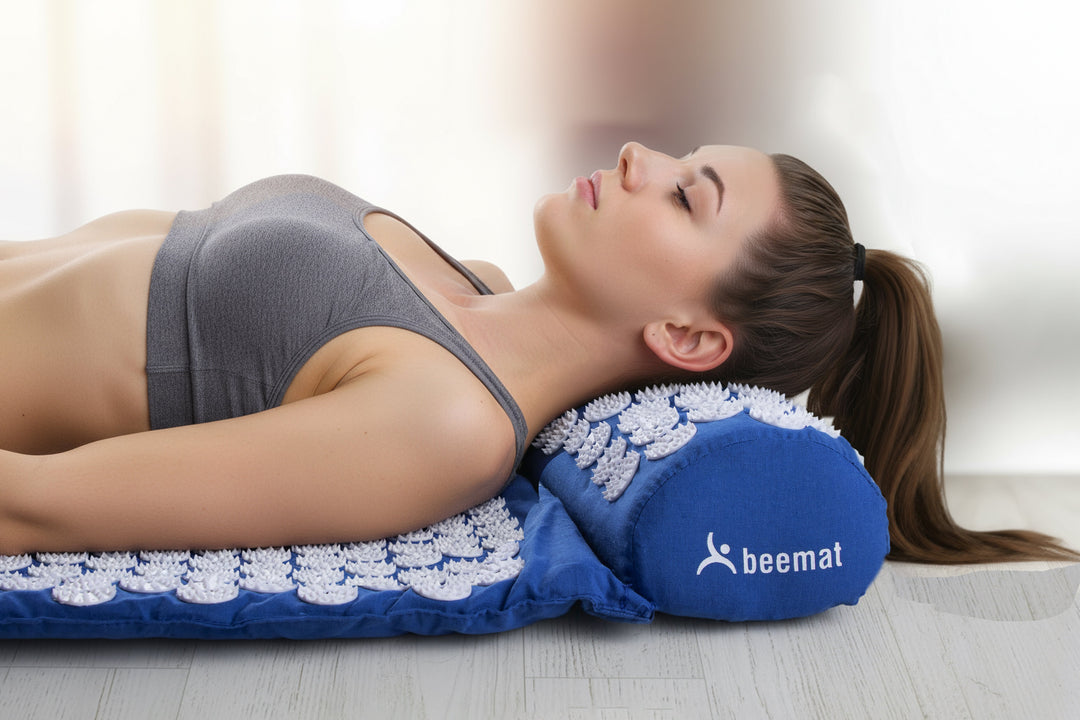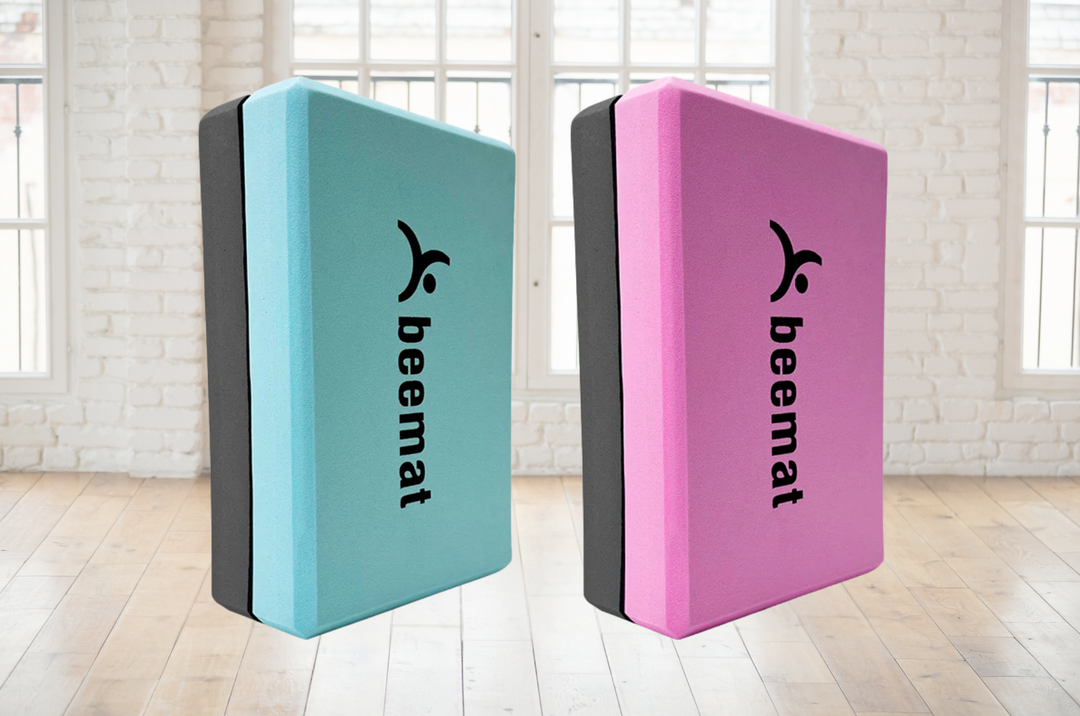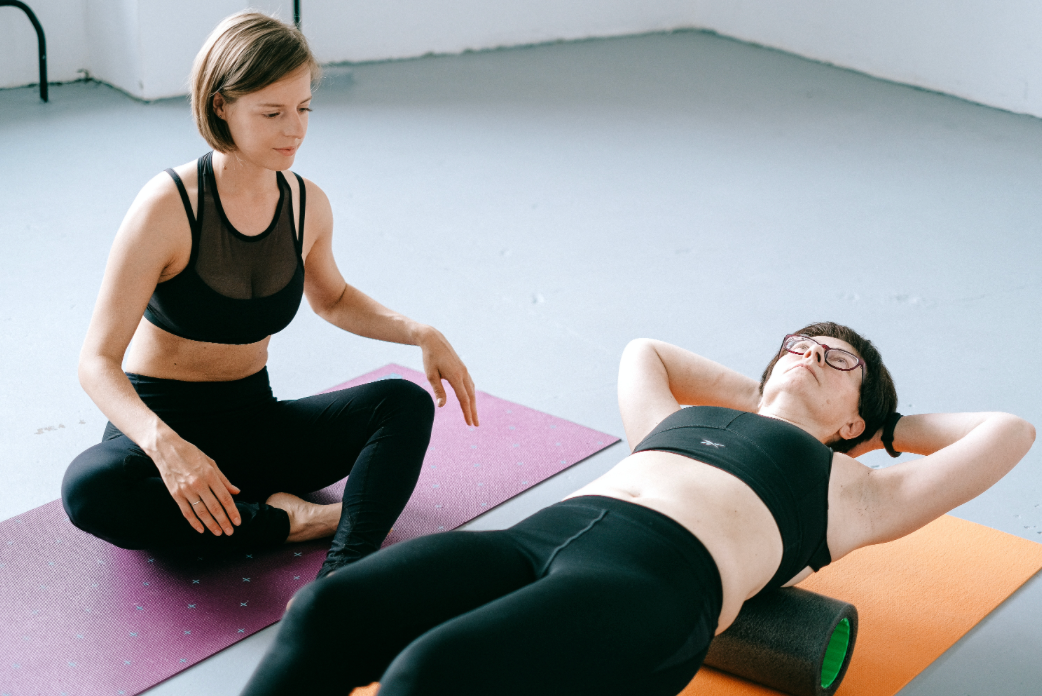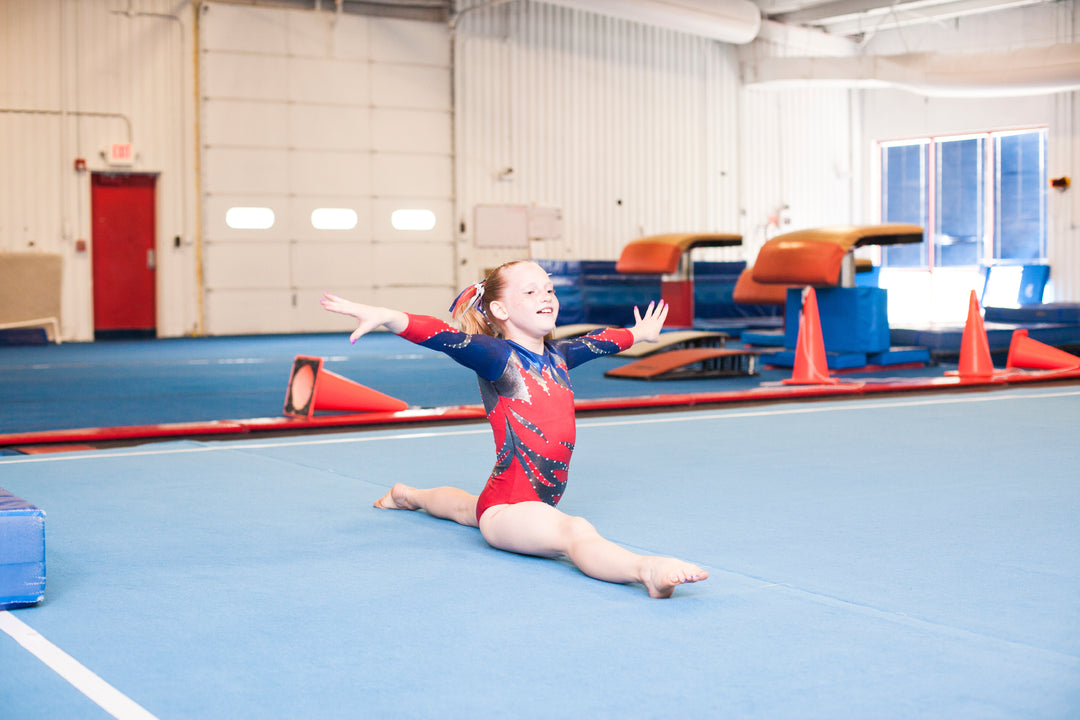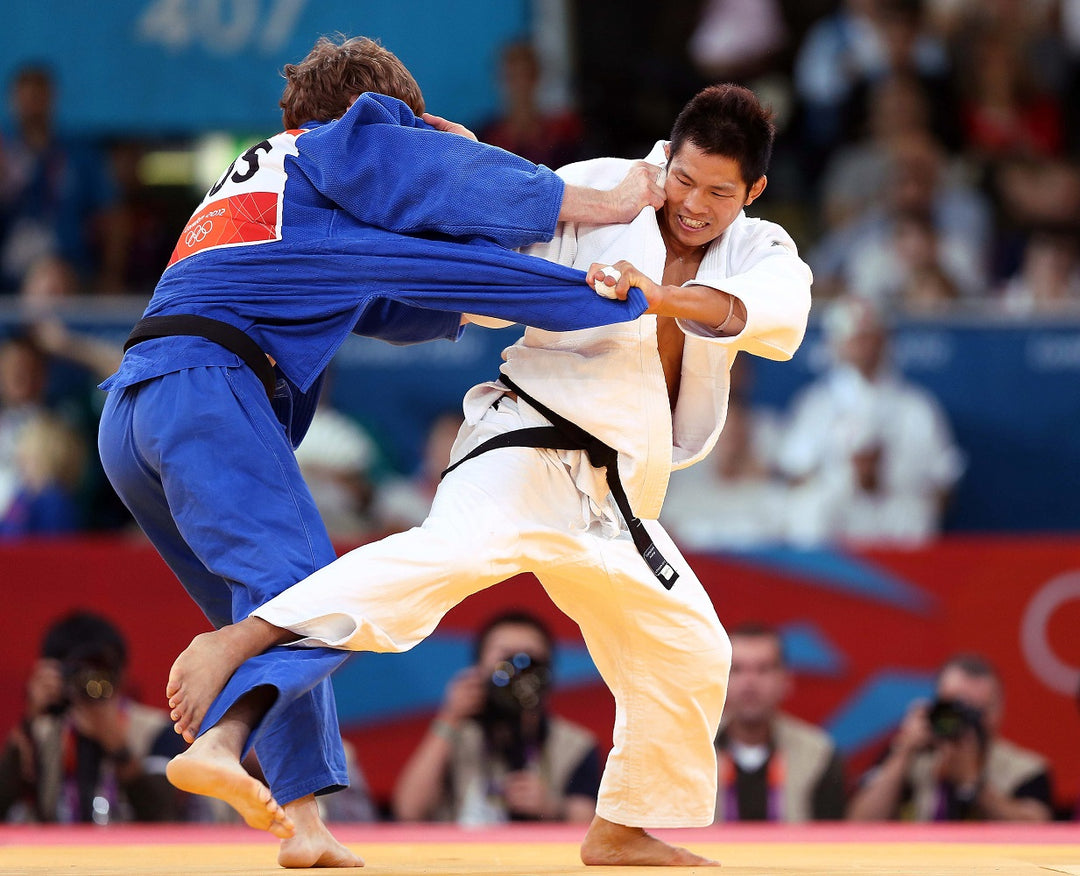Choosing the Perfect Workout Mat: Key Factors to Consider
Choosing the right workout mat is crucial for several reasons. Firstly, a good mat provides a stable platform that helps to maintain balance during exercise, reducing the risk of slip-related injuries. Secondly, it offers necessary cushioning that shields your body, particularly your joints, from hard surfaces when performing floor-based exercises. This cushioning can help prevent discomfort and injuries.
Moreover, an appropriate exercise mat can enhance your workout performance. For instance, thicker mats are suitable for Pilates or yoga where you need to hold poses for extended periods, while thinner mats are more fitting for high-intensity workouts where stability is key.
Lastly, using a personal mat promotes hygiene as it prevents direct contact with public gym floors, protecting you from potential exposure to germs and bacteria. Therefore, considering your specific needs and type of workout before purchasing a mat can significantly improve your overall exercise experience.
Why You Need a Good Exercise Mat
Exercise mats play a pivotal role in fitness routines, providing both comfort and safety while performing various exercises. Whether you're doing yoga, Pilates, HIIT workouts, or simple stretching, an exercise mat is an essential accessory. Here are some ways exercise mats contribute to fitness routines:
Cushioning and Support: Exercise mats provide a cushioned surface that protects your body from hard floors. This is especially important when performing exercises involving kneeling, lying down, or any movement that puts pressure on your joints. The mat absorbs the impact, reducing the strain on your joints and making your workout more comfortable.
Balance and Stability: A good exercise mat provides a non-slip surface that helps maintain balance during workouts. This is crucial for exercises that require stability, such as yoga or Pilates.
Hygiene: Using an exercise mat, especially in a public gym, helps maintain personal hygiene. It prevents direct contact with the floor, protecting you from germs and bacteria.
Versatility: Exercise mats are versatile and can be used for various types of workouts. Whether you're doing strength training, cardio, or flexibility exercises, a mat can make your workout more effective and comfortable.
Boundary Setting: A mat also defines your personal workout space, especially in group classes where it's essential to respect each other's space.
Types of Workout Mats
Beemat offers a variety of workout mats designed to cater to different exercise needs
Beemat Premium Exercise Mats
These heavy-duty mats are crafted from NBR rubber, providing excellent cushioning that protects your joints during exercise. This makes it particularly comfortable for workouts that involve sitting, kneeling, or lying down.
Beemat Fold Studio Mats
Perfect for aerobics, Pilates, or stretching, these mats provide excellent cushioning and support. Their foldable design makes them easy to store and carry around, making them a convenient choice for those who need a portable mat.
Beemat Training Mats
These mats are specifically designed for training purposes. They're thicker and more durable than other types, providing excellent shock absorption for high-impact exercises. They're ideal for activities like weightlifting, martial arts, or any training that involves jumping or falling.
Beemat Studio Mats
These mats are lightweight yet sturdy for use in studios. They're often used for yoga, Pilates, or other low-impact exercises that require stability and balance. The smooth surface of these mats provides excellent grip, aiding in the performance of various poses and movements.
Each type of Beemat workout mat offers unique benefits, so it's important to choose one that aligns with your specific workout needs. Whether you need a mat for high-intensity training, yoga, or general fitness routines, Beemat has a solution to fit your requirements.
Mat Buying Guide
When it comes to buying a workout mat, there are several key factors you need to consider to ensure you're making the right investment. First and foremost, comfort is crucial. The level of comfort you need will depend on the type of fitness routine you perform. For instance, if your routine involves a lot of floor work or stretching, a thicker mat might be more suitable. The next factor is size. Make sure the mat is spacious enough for you to move freely and perform a full range of exercises. Another important aspect to consider is durability. You want a mat that can withstand regular use without tearing or losing its shape. The material of the mat plays a significant role here; mats made from materials like NBR rubber or thick foam tend to last longer. Finally, don't forget about portability and storage. If you're planning to carry your mat to a gym or a fitness class, look for one that's lightweight and easy to fold. By considering these factors, you'll be well on your way to finding the best workout mat that aligns with your fitness goals and needs.
How to Care for Your Fitness Mat
Maintaining the cleanliness of your exercise mat is crucial for hygiene and longevity. Here are some tips on how to clean and maintain it:
Regular Cleaning
After each use, wipe down your mat with a clean, damp cloth. This helps remove sweat and dirt that can cause the mat to become slippery.
Deep Cleaning
Depending on how often you use your mat, a deep clean every few weeks is recommended. You can create a cleaning solution by mixing warm water with mild soap or vinegar. Use a soft cloth or sponge to gently scrub the mat, then rinse thoroughly and let air dry.
Avoid Harsh Chemicals
Strong cleaning agents may degrade the material of your mat over time. Stick to gentle, natural cleaners like vinegar or mild dish soap.
Air Dry
Always allow your mat to fully dry before rolling it up to prevent mold and mildew. It's best to hang it up and let it air dry.
Proper Storage
Store your mat in a cool, dry place away from direct sunlight which can cause it to fade or become brittle.
Regular Inspection
Periodically inspect your mat for signs of wear and tear. If it's starting to fall apart, it's time to replace it.
By following these tips, you can ensure your exercise mat stays clean, safe, and functional for a long time.
In conclusion, choosing the right workout mat is a key step toward a comfortable, safe, and effective fitness routine. The perfect mat will provide the necessary support and cushioning, enhance your balance, and help define your personal workout space.
Whether you're into yoga, Pilates, high-intensity workouts, or general fitness routines, there's a mat out there designed to meet your specific needs. Remember to consider factors such as comfort, size, durability, and portability when selecting a mat. Also, don't overlook the importance of regular cleaning






